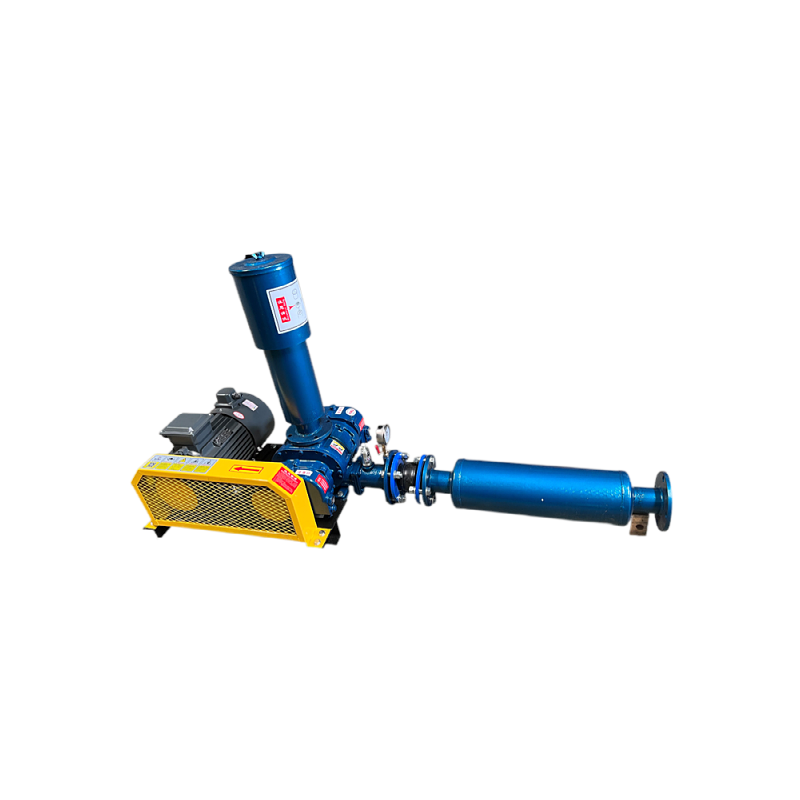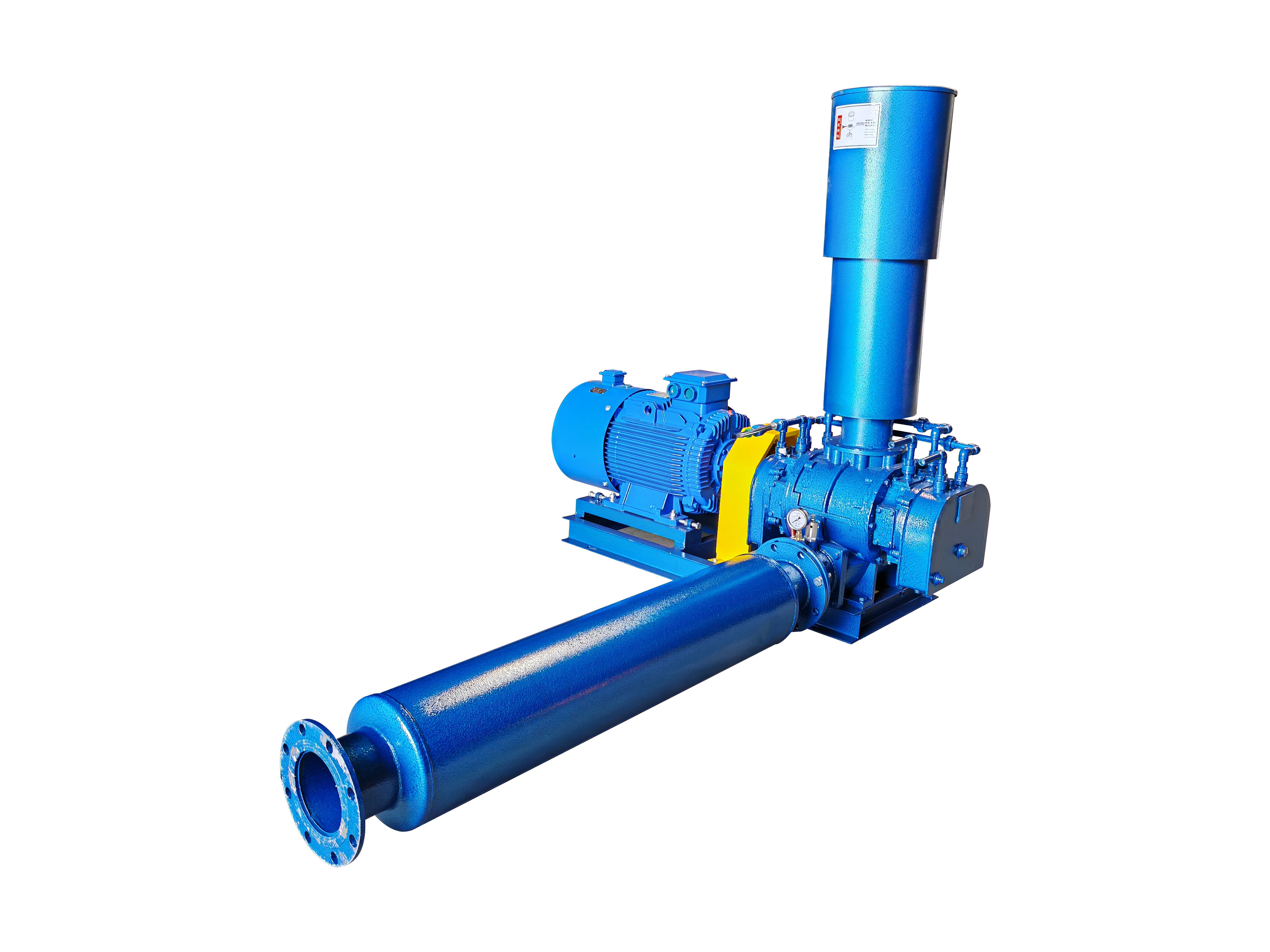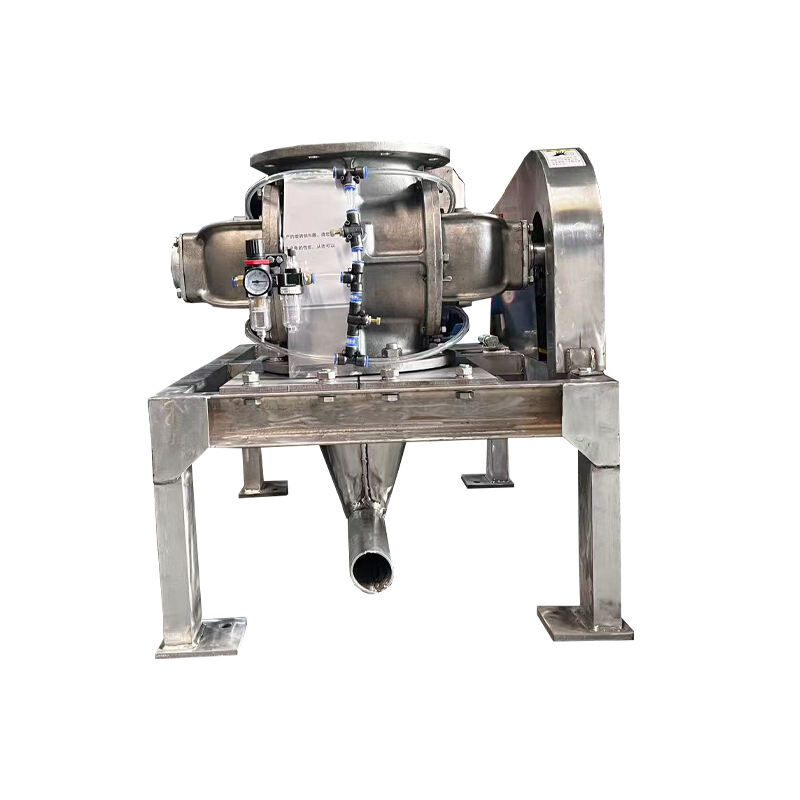mechanical vapour compression system
The mechanical vapour compression system represents a cornerstone technology in modern refrigeration and heating applications. This sophisticated system operates on the principle of vapor compression, where a refrigerant undergoes phase changes to facilitate heat transfer. The process begins with the compression of low-pressure vapor into a high-pressure state, raising its temperature significantly. This compressed vapor then flows through a condenser, where it releases heat and transforms into a liquid state. The high-pressure liquid refrigerant passes through an expansion valve, reducing its pressure and temperature dramatically. Finally, the low-pressure refrigerant enters the evaporator, absorbing heat from the surrounding environment and returning to its vapor state, thus completing the cycle. This system finds extensive applications across various sectors, including industrial refrigeration, air conditioning systems, heat pumps, and food preservation technologies. Its versatility allows for precise temperature control in both commercial and residential settings, making it an indispensable solution for climate control and process cooling requirements.



